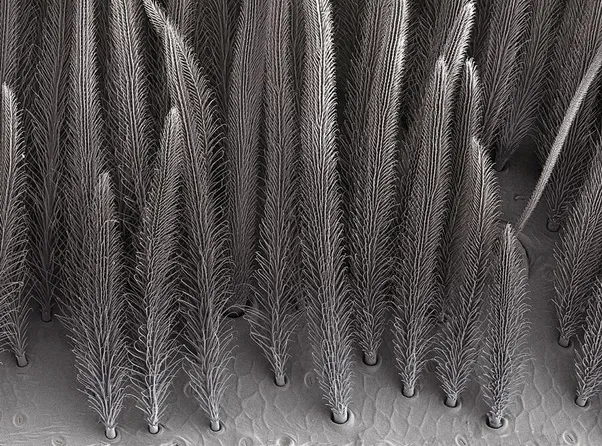What are Tarantula Hairs and Why Do They Matter?
Tarantulas, fascinating creatures that they are, employ a unique defense mechanism that often goes overlooked – their hairs. But are tarantula hairs dangerous? The answer isn’t a simple yes or no; it depends on several factors, including the species of tarantula, the sensitivity of the individual or animal exposed, and the nature of the exposure. Understanding these hairs and their effects is crucial for anyone considering keeping a tarantula as a pet or simply encountering one in the wild. These specialized hairs, known as urticating hairs, play a significant role in the tarantula’s survival strategy, acting as a deterrent against potential predators and a means of self-preservation. While not life-threatening in most cases, these hairs can cause discomfort and irritation, making it essential to understand their function and how to handle tarantulas safely.
Understanding Urticating Hairs
Urticating hairs are modified bristles found on certain species of tarantulas. These hairs are not the same as the regular hairs covering the tarantula’s body; instead, they are specifically designed for defense. The term “urticating” comes from the Latin word “urtica,” which means “nettle,” referring to the stinging sensation they can cause. These hairs are typically barbed or have a structure that allows them to penetrate the skin easily. The specific type and location of these hairs vary among tarantula species, but they all serve a similar purpose: to irritate and deter potential threats. The effectiveness of these hairs depends on the species and the target. Some tarantulas have more potent hairs than others, and the reaction can vary depending on the individual’s sensitivity.
Where are Urticating Hairs Located on Tarantulas?
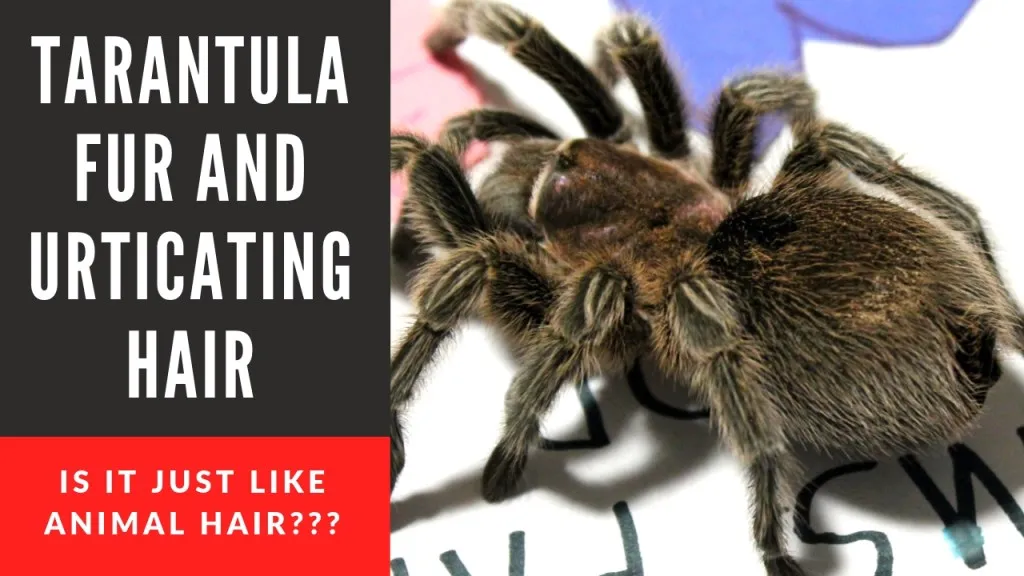
The location of urticating hairs is a key factor in understanding how tarantulas use them. In most New World tarantulas, these hairs are located on the abdomen. The tarantula will use its legs to flick the hairs towards a perceived threat. This is often done when the tarantula feels threatened or provoked. Some species have specific patches of these hairs, while others may have them spread more widely. The presence of these hairs is one way to distinguish New World tarantulas from Old World tarantulas, which generally lack this defense mechanism. The strategic placement of these hairs allows the tarantula to defend itself effectively, creating a cloud of irritating particles that can cause discomfort to the attacker.
How Tarantula Hairs Work as a Defense Mechanism
Tarantulas use their urticating hairs as a primary defense mechanism, especially against predators. When a tarantula feels threatened, it will often rear up on its hind legs and use its hind legs to brush or kick off these hairs. This action creates a cloud of microscopic barbs that can irritate the skin, eyes, and respiratory tract of the threat. The hairs embed themselves in the skin, causing itching, burning, and sometimes a rash. For smaller predators, such as rodents or birds, this irritation can be enough to deter them, giving the tarantula a chance to escape. The hairs are a potent deterrent, and the tarantula’s ability to use them effectively is crucial for its survival in the wild. The discomfort caused by these hairs is a reminder that tarantulas, while often perceived as docile, possess effective defenses.
Are Tarantula Hairs Dangerous to Humans?
The danger posed by tarantula hairs to humans is generally low, but they can cause significant discomfort. The level of reaction varies from person to person, with some individuals being more sensitive than others. While urticating hairs are not toxic, they can cause an allergic reaction in some people. The primary concern with these hairs is the irritation they cause to the skin, eyes, and respiratory tract. For most people, exposure results in itching, burning, and sometimes a rash. The severity of the reaction depends on the type of tarantula, the amount of exposure, and individual sensitivity. Understanding how tarantula hairs affect humans is crucial for anyone who owns or interacts with these creatures.
The Effects of Tarantula Hairs on Skin
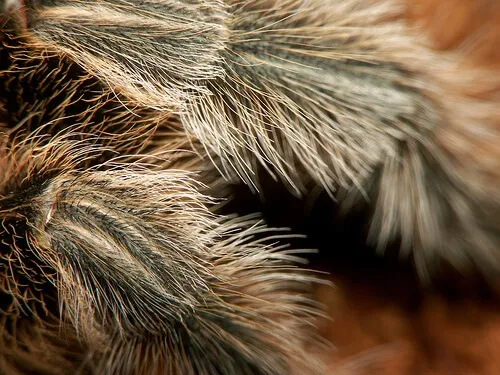
When tarantula hairs come into contact with human skin, they can cause a range of reactions. The barbs on the hairs penetrate the skin, leading to immediate itching and burning sensations. The area may become red and inflamed, with small bumps or a rash developing. The severity of the reaction varies, but it can be quite uncomfortable, lasting for several hours or even days. The hairs are difficult to remove once they’ve embedded themselves in the skin, prolonging the irritation. Scratching can make the condition worse by spreading the hairs and causing further inflammation. Proper care, such as washing the affected area and avoiding scratching, is essential to minimize discomfort and prevent complications.
Symptoms of Tarantula Hair Exposure
The symptoms of tarantula hair exposure can vary, but common signs include itching, burning, and redness of the skin. Small, raised bumps or a rash may appear, resembling hives or a similar skin irritation. In some cases, the eyes or respiratory tract may also be affected. Exposure to the eyes can cause irritation, redness, and excessive tearing. If inhaled, the hairs can cause coughing, sneezing, and difficulty breathing. These symptoms typically subside within a few days, but it’s important to seek medical attention if symptoms are severe or persist. Recognizing the symptoms is key to addressing the issue promptly and minimizing discomfort.
Allergic Reactions and Sensitivities
While rare, some individuals may experience allergic reactions to tarantula hairs. These reactions can range from mild skin irritation to more severe symptoms, such as difficulty breathing, swelling, or anaphylaxis. People with a history of allergies or sensitivities are at a higher risk of developing an adverse reaction. If you experience any severe symptoms after exposure, seek immediate medical attention. For most people, the effects are limited to skin irritation, but understanding the potential for allergic reactions is vital for safety. Knowing your own sensitivities and taking precautions when handling or being around tarantulas can help prevent any unnecessary health complications.
Are Tarantula Hairs Dangerous to Pets?
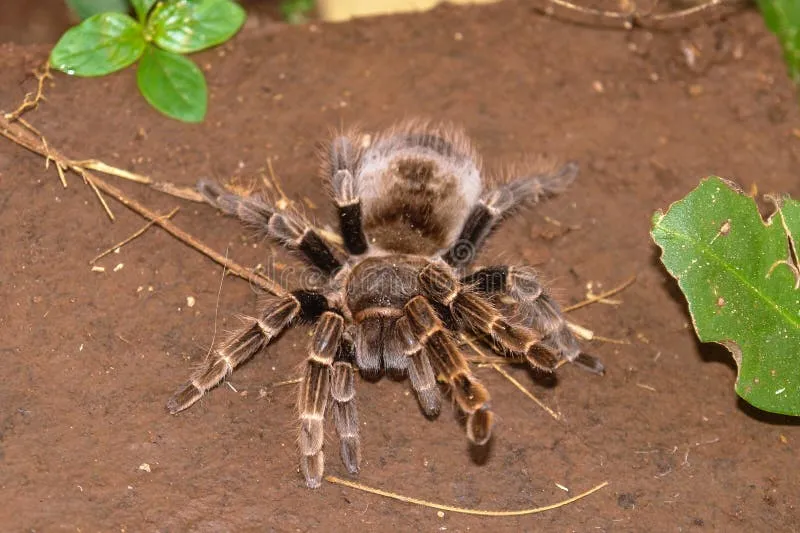
Tarantula hairs can also pose a threat to pets, especially dogs and cats. The effects on animals are similar to those on humans, causing skin irritation and discomfort. Pets are often more vulnerable due to their tendency to explore with their faces and bodies, increasing the likelihood of exposure. It’s essential for pet owners to be aware of the risks and take appropriate precautions to protect their animals. While not typically life-threatening, the irritation can be quite distressing for pets and may require veterinary care. Understanding the impact on pets is a crucial part of responsible tarantula ownership.
Impact on Dogs and Cats
Dogs and cats can experience similar symptoms as humans when exposed to tarantula hairs. Common signs include scratching, redness, and inflammation of the skin. The pet may rub their face or body against surfaces in an attempt to relieve the itching. If the hairs get into the eyes, the pet may experience excessive tearing, squinting, and irritation. In severe cases, the animal may develop a rash or hives. The reaction can be especially distressing for pets, as they are unable to understand or relieve the discomfort themselves. Prompt veterinary care is often recommended if the pet shows signs of significant distress or if the symptoms persist.
Precautions for Pet Owners
Pet owners can take several precautions to protect their animals from tarantula hairs. Always keep the tarantula’s enclosure secure and out of reach of pets. Avoid handling the tarantula around pets, as this increases the risk of exposure. If you suspect your pet has come into contact with tarantula hairs, immediately inspect their fur and skin. Gently remove any visible hairs and wash the affected area with mild soap and water. Monitor your pet for any signs of irritation or distress. If symptoms persist or worsen, consult with a veterinarian. By taking these precautions, you can minimize the risk of your pet experiencing discomfort and ensure their well-being.
How to Handle Tarantulas Safely
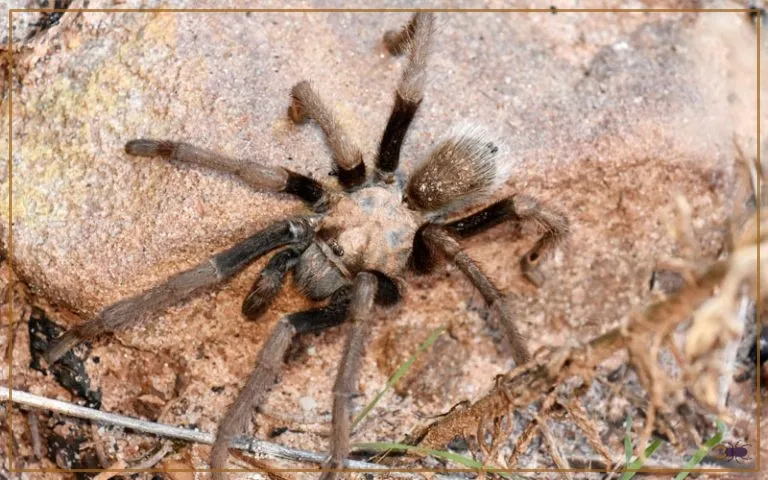
Handling tarantulas requires care and caution to prevent exposure to urticating hairs. Knowing how to handle tarantulas safely is crucial for both the owner and the spider’s well-being. Avoid unnecessary handling whenever possible, as it can stress the spider. If handling is necessary, use long tongs or a container to move the tarantula. Keep the tarantula away from your face and eyes and wear gloves to minimize direct contact with the hairs. Taking these simple steps can help ensure a safe and enjoyable experience for both you and your pet.
Best Practices for Enclosure Maintenance
Proper enclosure maintenance is key to minimizing the risk of exposure to tarantula hairs. Regularly clean the enclosure to remove any shed hairs or debris. Use a HEPA vacuum to clean the substrate, which can help remove loose hairs. When cleaning, wear gloves and a mask to protect yourself from potential exposure. Avoid disturbing the tarantula excessively while cleaning, as this can cause it to flick its hairs. By following these practices, you can keep the enclosure clean and reduce the chances of accidental exposure.
Safe Handling Techniques
If you need to handle your tarantula, do so with caution and follow these safe handling techniques. Always approach the tarantula calmly and slowly. Avoid sudden movements that could startle it. Use long tongs to gently guide the tarantula or a container to move it. Avoid touching the tarantula directly, as this can cause it to flick its hairs. If you must handle it directly, wear gloves and wash your hands thoroughly afterward. Keep the tarantula away from your face and eyes to prevent accidental exposure. Never force the tarantula to move if it’s not willing. Prioritizing the tarantula’s comfort and safety is essential.
What to Do if You Are Exposed
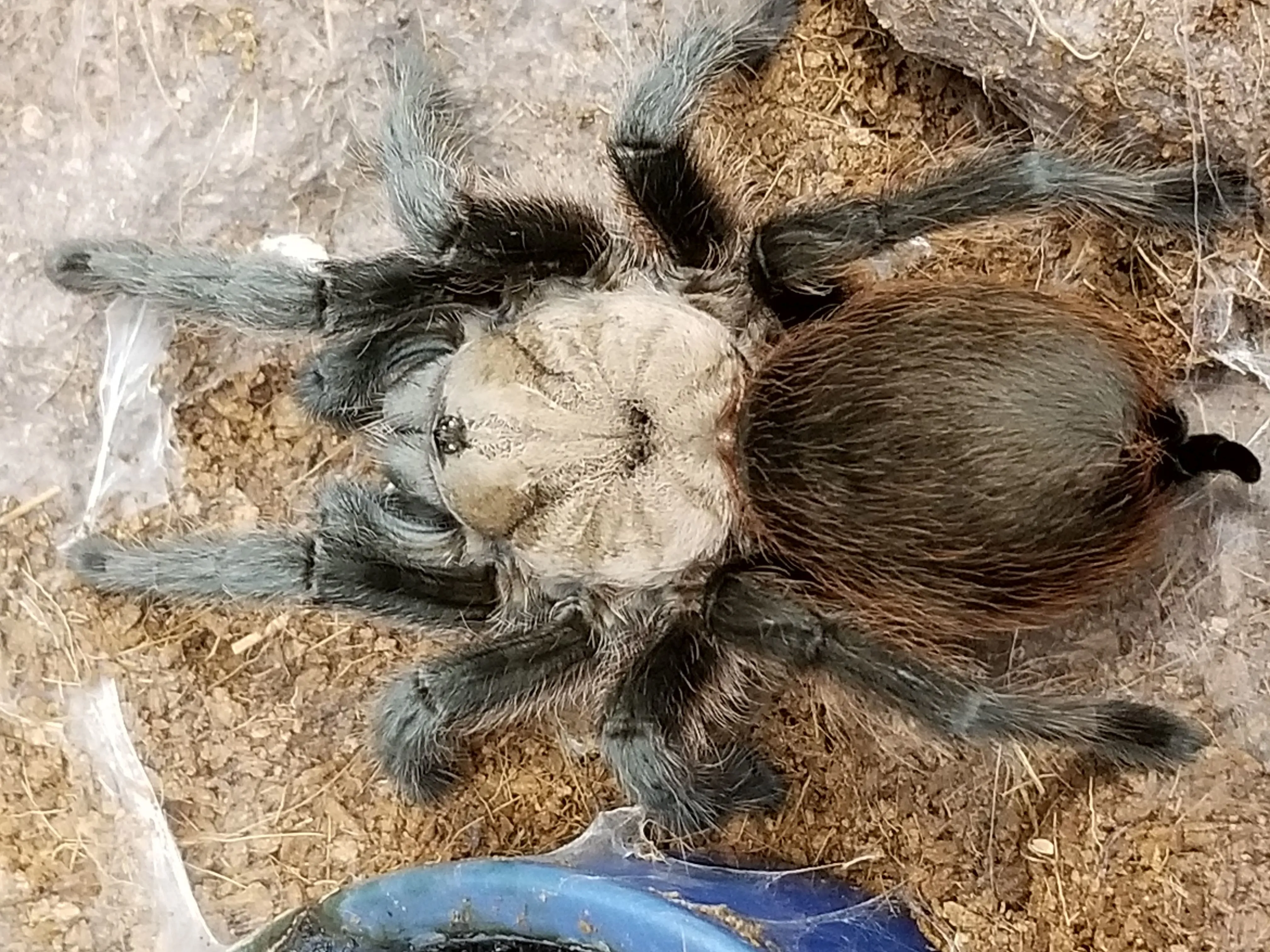
If you or your pet are exposed to tarantula hairs, it’s essential to take immediate steps to minimize the discomfort. The first thing to do is to remove any visible hairs. Then, wash the affected area thoroughly with mild soap and water. Avoid scratching, as this can spread the hairs and make the irritation worse. Knowing how to respond to exposure can help reduce discomfort and prevent complications.
First Aid for Skin Irritation
If you experience skin irritation from tarantula hairs, there are several first aid measures you can take. Wash the affected area with mild soap and water. Rinse thoroughly to remove any lingering hairs or debris. Apply a cold compress to reduce inflammation and soothe the skin. Over-the-counter antihistamine creams or lotions can help relieve itching. Avoid scratching, as this can make the irritation worse and potentially lead to infection. If the symptoms are severe or don’t improve within a few days, consult with a medical professional for further treatment.
When to Seek Medical Attention
In most cases, skin irritation from tarantula hairs is mild and resolves on its own. However, there are times when medical attention is necessary. Seek medical attention if you experience severe symptoms, such as difficulty breathing, swelling of the face or throat, or signs of an allergic reaction. If the symptoms worsen or persist for more than a few days, consult with a healthcare professional. If you develop any signs of infection, such as increased pain, redness, swelling, or pus, seek medical care promptly. It’s always better to err on the side of caution and seek professional medical advice if you have any concerns.
